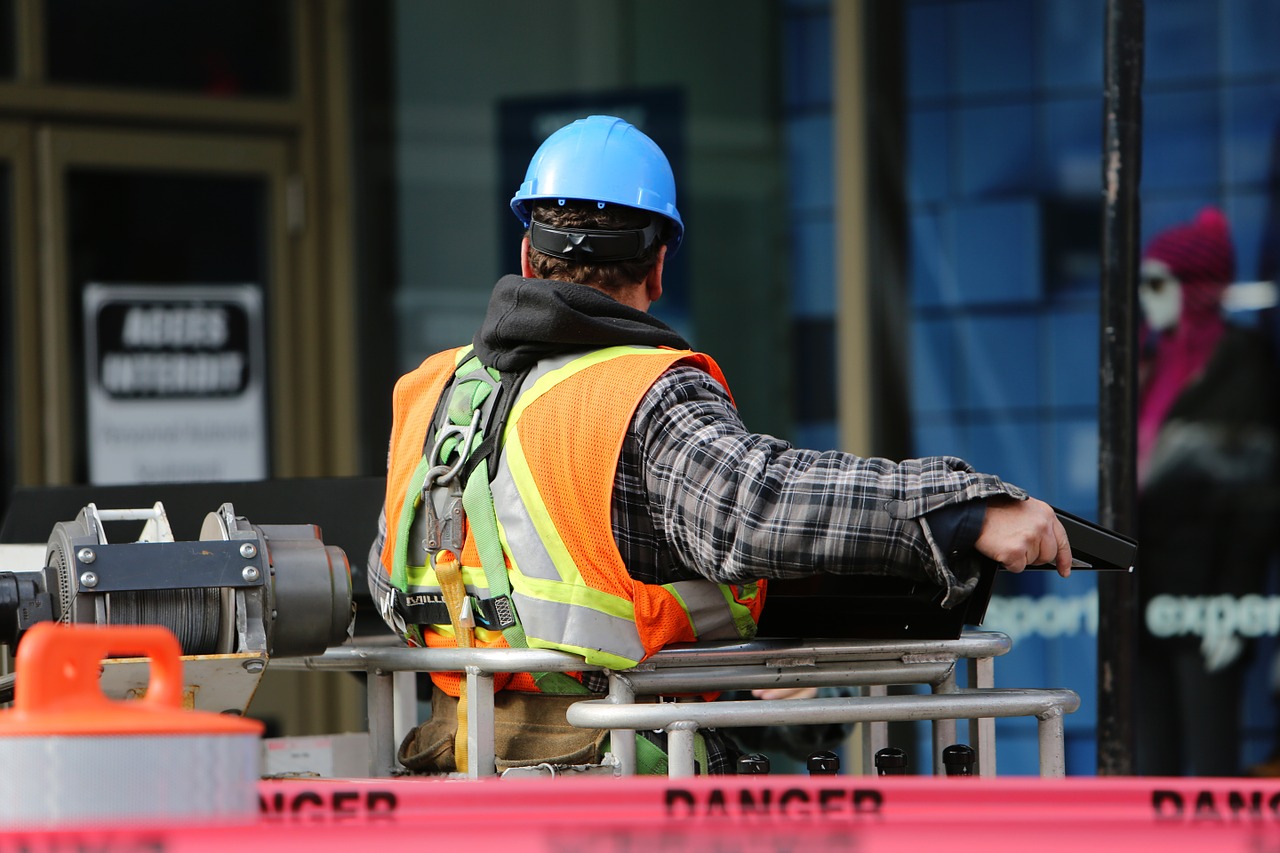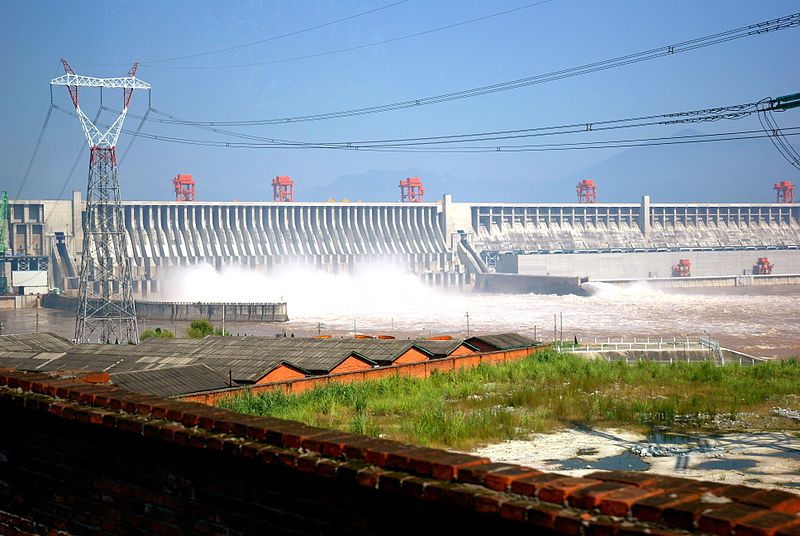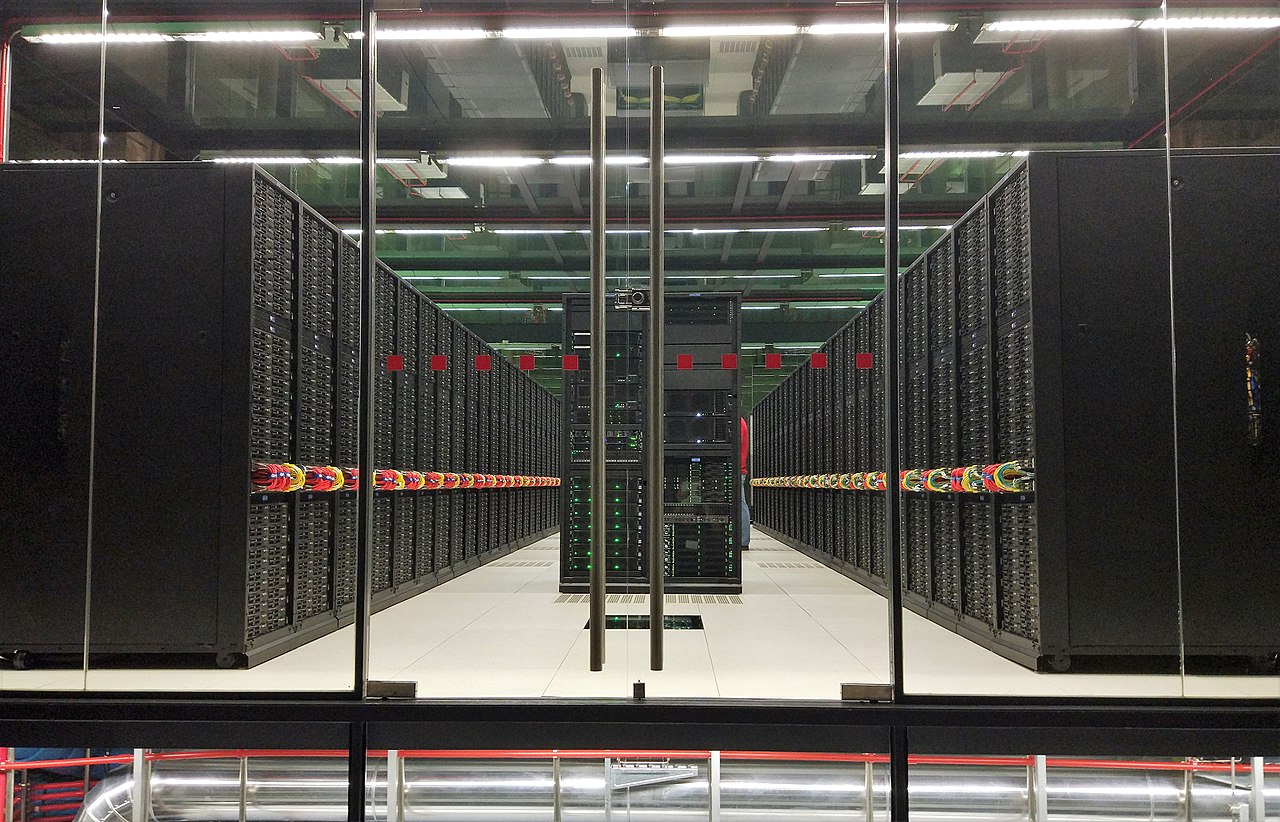While the construction industry in the UK has faced a number of new challenges in the wake of Brexit and the coronavirus pandemic, the issue of health and safety remains an omnipresent threat in the modern age.
Even on a fundamental level, a stringent health and safety culture in construction helps to safeguard the wellbeing of employees, with the sector accounting for 10% of major work-related injuries and a third of fatalities on these shores. As a result, a viable culture can also reduce long-term costs and protect the public, so it should definitely be a key consideration for companies.
But how should you go about cultivating a viable health and safety culture in your construction firm? Here are some steps to keep in mind!
Create Commitment From all Levels
A successful H&S culture relies on consistency, which means that you’ll need to call upon commitment from all levels within your business.
From lower-level employees (who should also be consulted on the daily health and safety challenges that they face within their job roles) to senior management, it’s crucial that stakeholders buy into the notion of health and safety and make this a key financial and strategic priority.
Open Lines of Communication
As we’ve already touched on, open communication with employees is key when creating a viable safety culture, whether you consider the role of effective training or the gathering of feedback about the core health and safety risks that exist within any business.
Over time, this type of honest communication can also help you to evaluate the safety culture within your venture and make any changes that are necessary, as you look to make incremental improvements as new challenges arise.
Provide Appropriate Kit and PPE
On a practical level, any serious H&S culture must be underpinned by practical workwear and personal protective equipment (PPE), which provide a much-needed first layer of protection against illness and injury.
This certainly helps employees to feel safe, from eye and face protection for machine operators to adequate footwear, high-viz garments and secure hard hats.
Such equipment should be provided to all on-site employees as and when required, with specific requirements varying from one job role to another.
Carry Out Regular Risk Assessments
Not all construction projects are created equal, with a host of differences available between residential and commercial projects.
So, you’ll need to carry out regular risk assessments to help identify the most relevant health and safety challenges, whether you’re opening a new site or continuing to work at the same location over an extended period of time.
Create a Sense of Accountability
Last, but not least, you’ll need to introduce a sense of accountability for all employees as part of their ongoing training and daily job roles.
This ensures that each staff member takes responsibility for their own actions on-site, ensuring that they take adequate steps to prioritise their own safety and the wellbeing of their colleagues, superiors and members of the general public.







